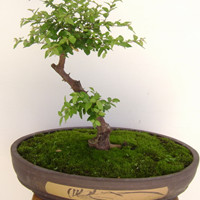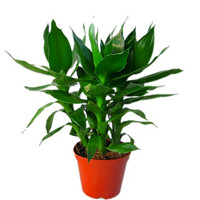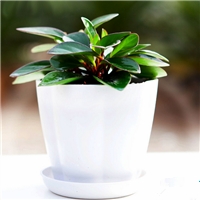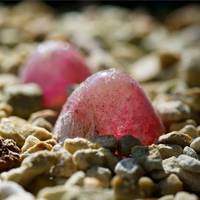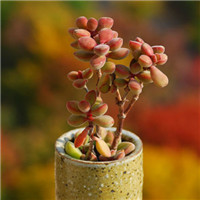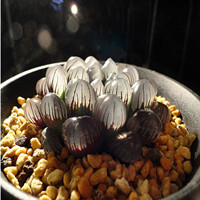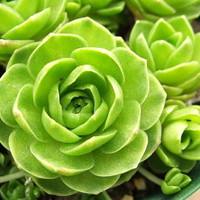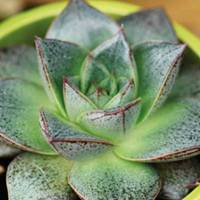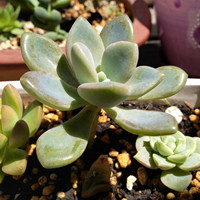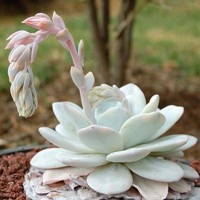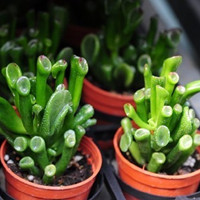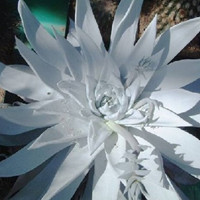Introduction
Plants need water to survive, just like humans and animals do. But unlike humans and animals, plants are not able to actively seek out sources of water. So, how does water actually get into a plant?
Roots
The roots of a plant are the primary structures responsible for absorbing water from the soil. The root system of a plant is a complex structure that consists of a network of roots of various thicknesses and sizes, which extend outwards in search of water.
When a root encounters water in the soil, it absorbs the water and transports it up through the stem and into the rest of the plant. This is facilitated by a process known as osmosis, which involves the movement of water molecules from an area of high concentration to an area of low concentration across a semipermeable membrane.
Stem
After water is absorbed by the roots, it travels up through the stem of the plant. The stem acts as a conduit for water and other nutrients, transporting them from the roots to the leaves and other parts of the plant.
The stem of a plant also contains tiny capillaries that allow water to flow through. These capillaries are essential for the movement of water, as they help to distribute the water evenly throughout the plant. Without them, water would simply collect in certain areas of the plant and not be distributed evenly, which could lead to dehydration or even death.
Leaves
The leaves of a plant are where much of the water absorption and transpiration takes place. The leaves contain tiny pores on their surfaces, called stomata, which allow the plant to take in carbon dioxide and release oxygen during the process of photosynthesis.
However, the stomata also have an important role in the process of water absorption, as they allow the plant to lose water through a process known as transpiration. Transpiration works in much the same way as osmosis, with water molecules moving from an area of high concentration to an area of low concentration.
Conclusion
So, how does water get into a plant? It's a complex process that involves the roots absorbing water from the soil, the stem transporting the water to the leaves, and the leaves releasing water through transpiration. Without the ability to absorb and transport water, plants would be unable to survive. Understanding this process can help us better appreciate the complexity and importance of plants in our ecosystem.

 how many times do yo...
how many times do yo...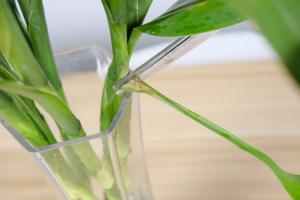 how many planted tre...
how many planted tre...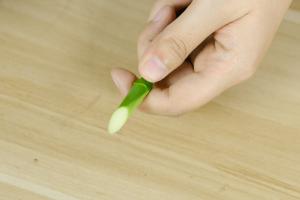 how many pine trees ...
how many pine trees ... how many pecan trees...
how many pecan trees... how many plants comp...
how many plants comp... how many plants can ...
how many plants can ... how many plants and ...
how many plants and ... how many pepper plan...
how many pepper plan...
